AFTER THE PRIMITIVES
EMILY SPEED & DAVID WEBB
10 December 2016 - 21 January 2017
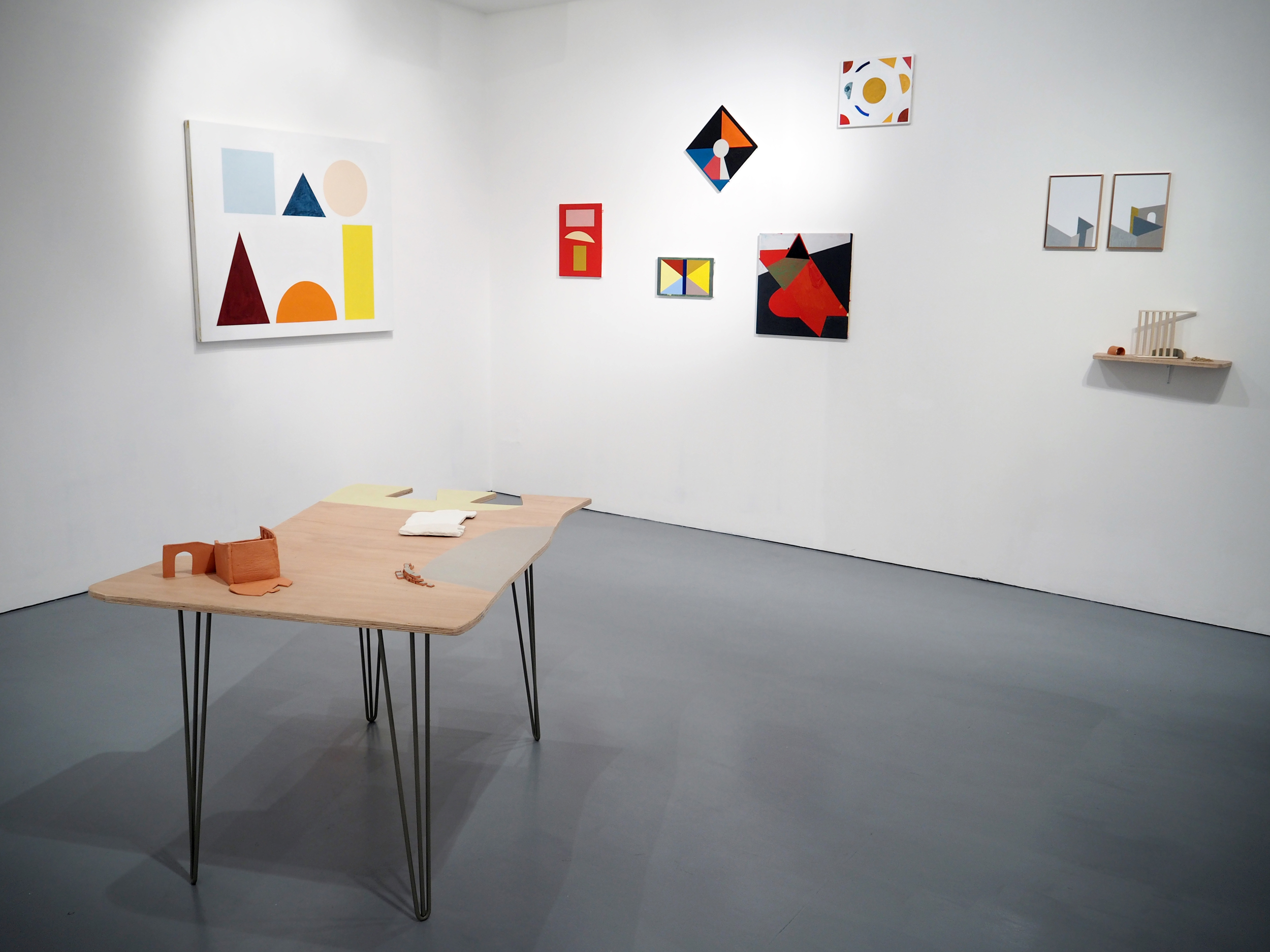


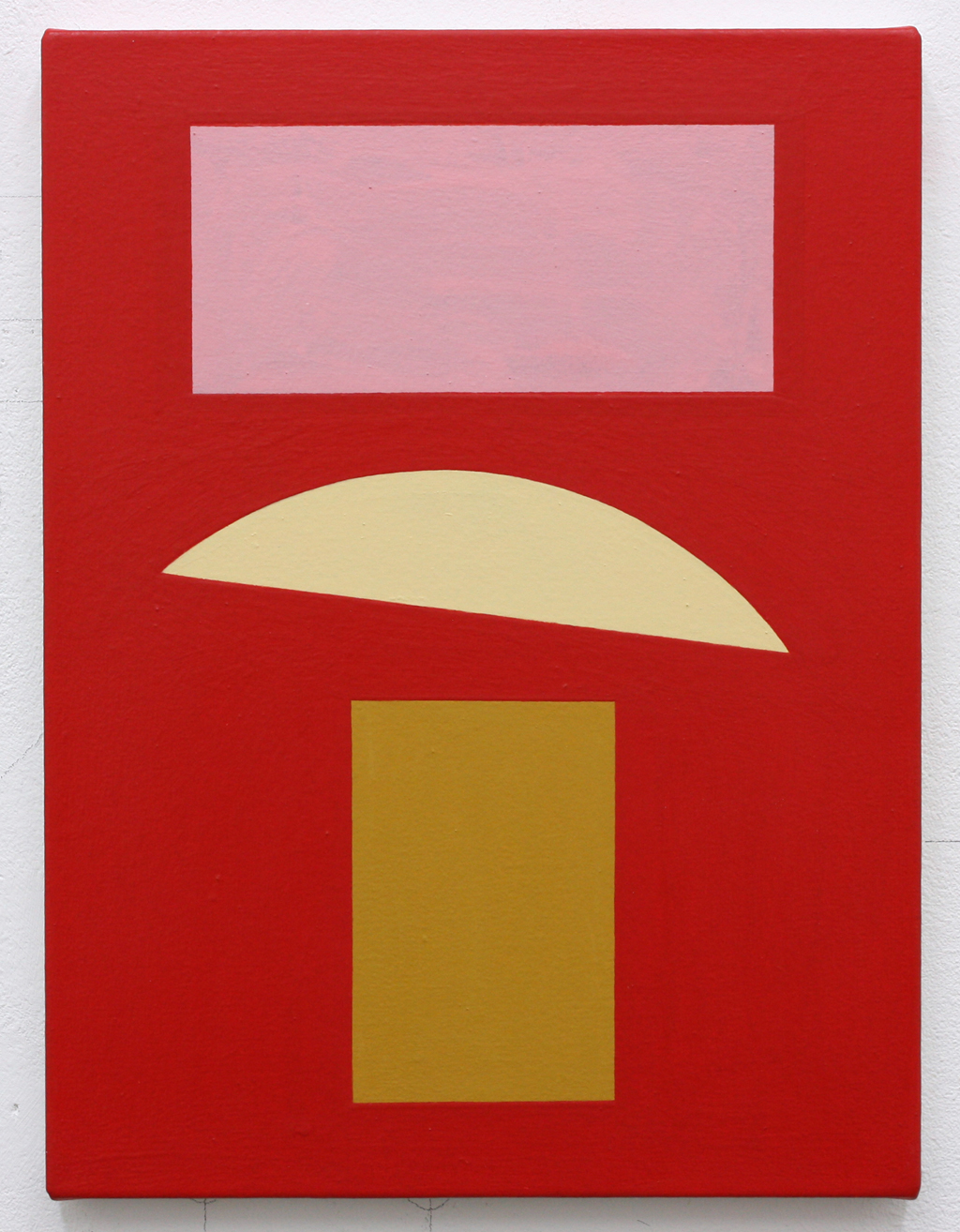

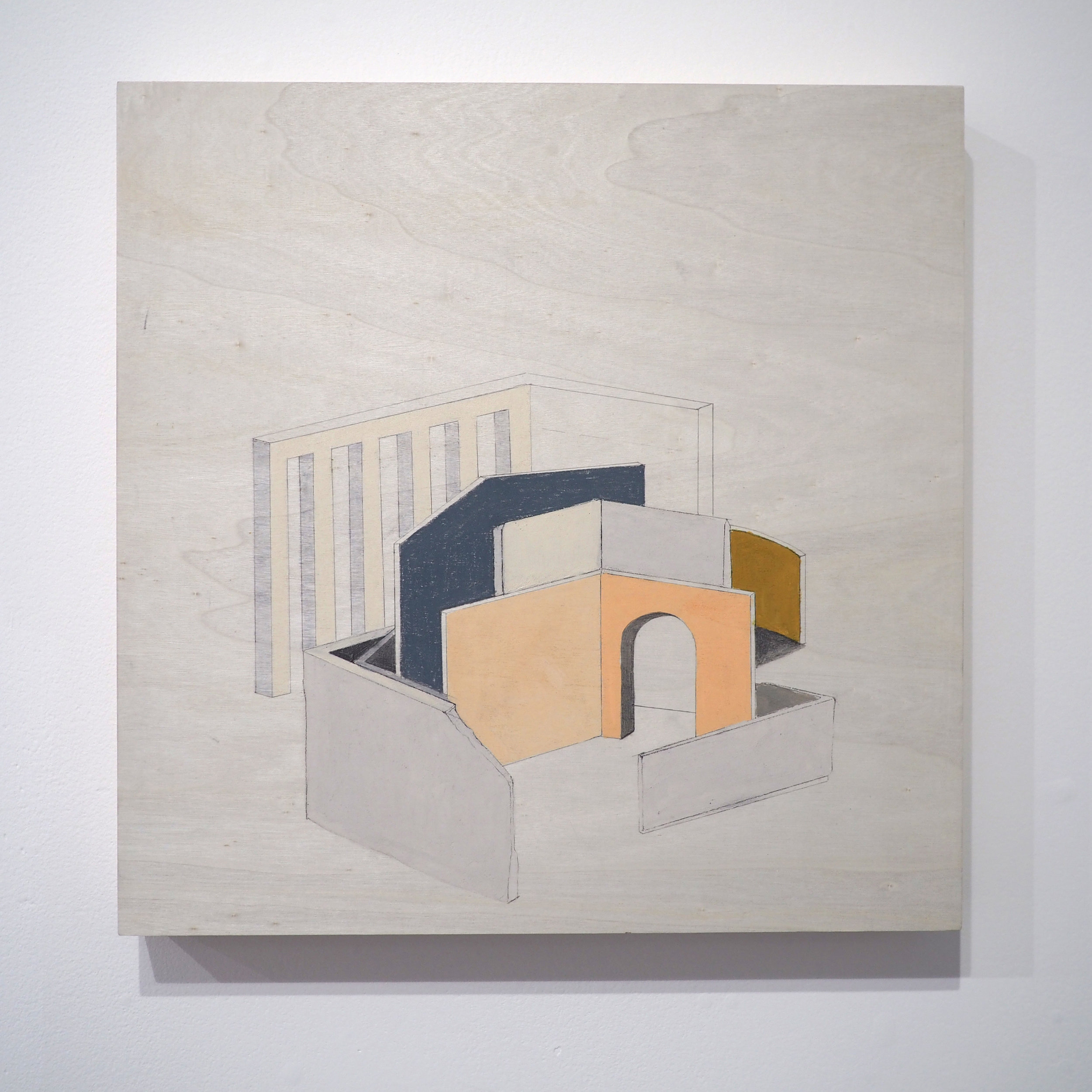
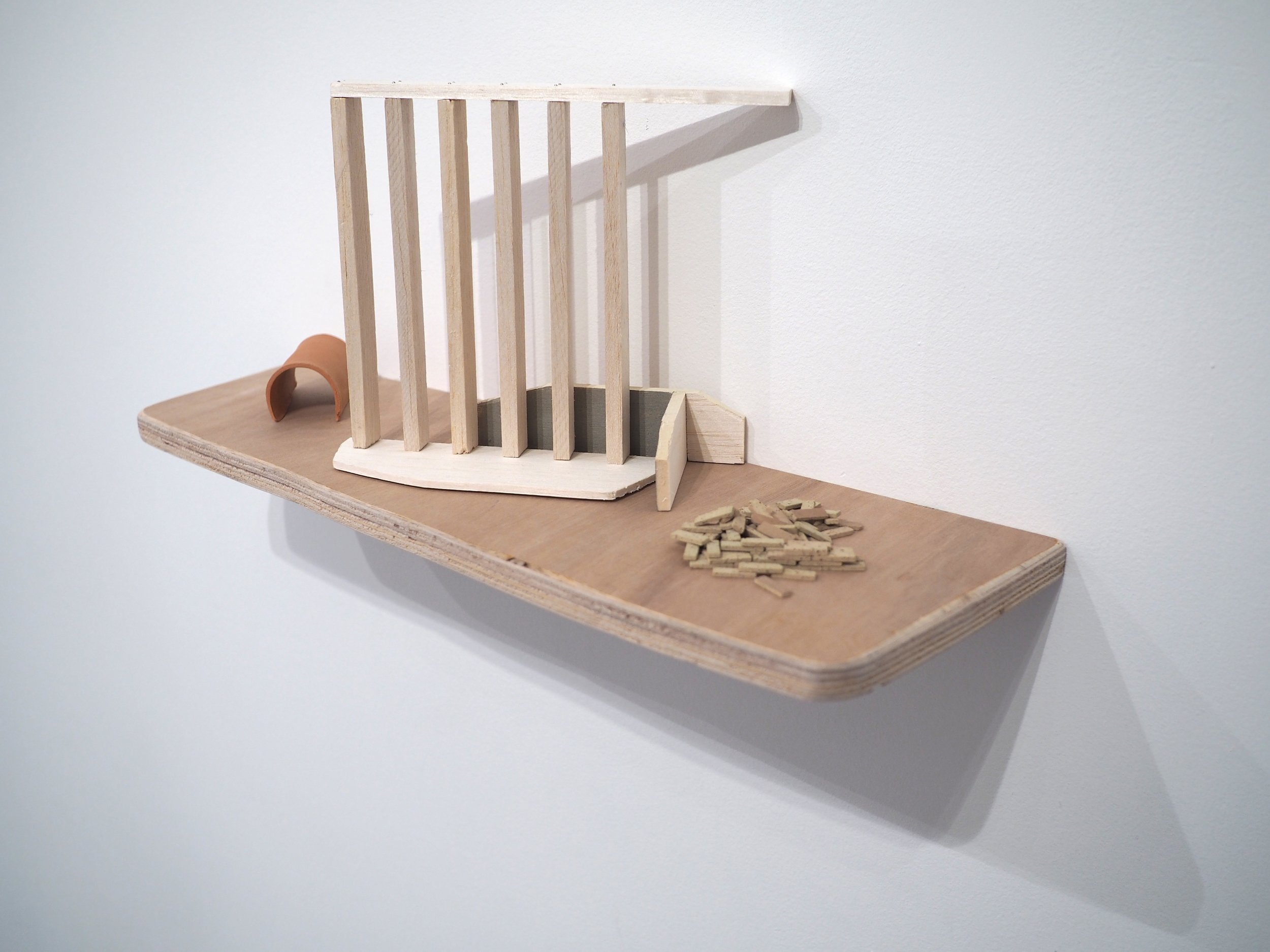
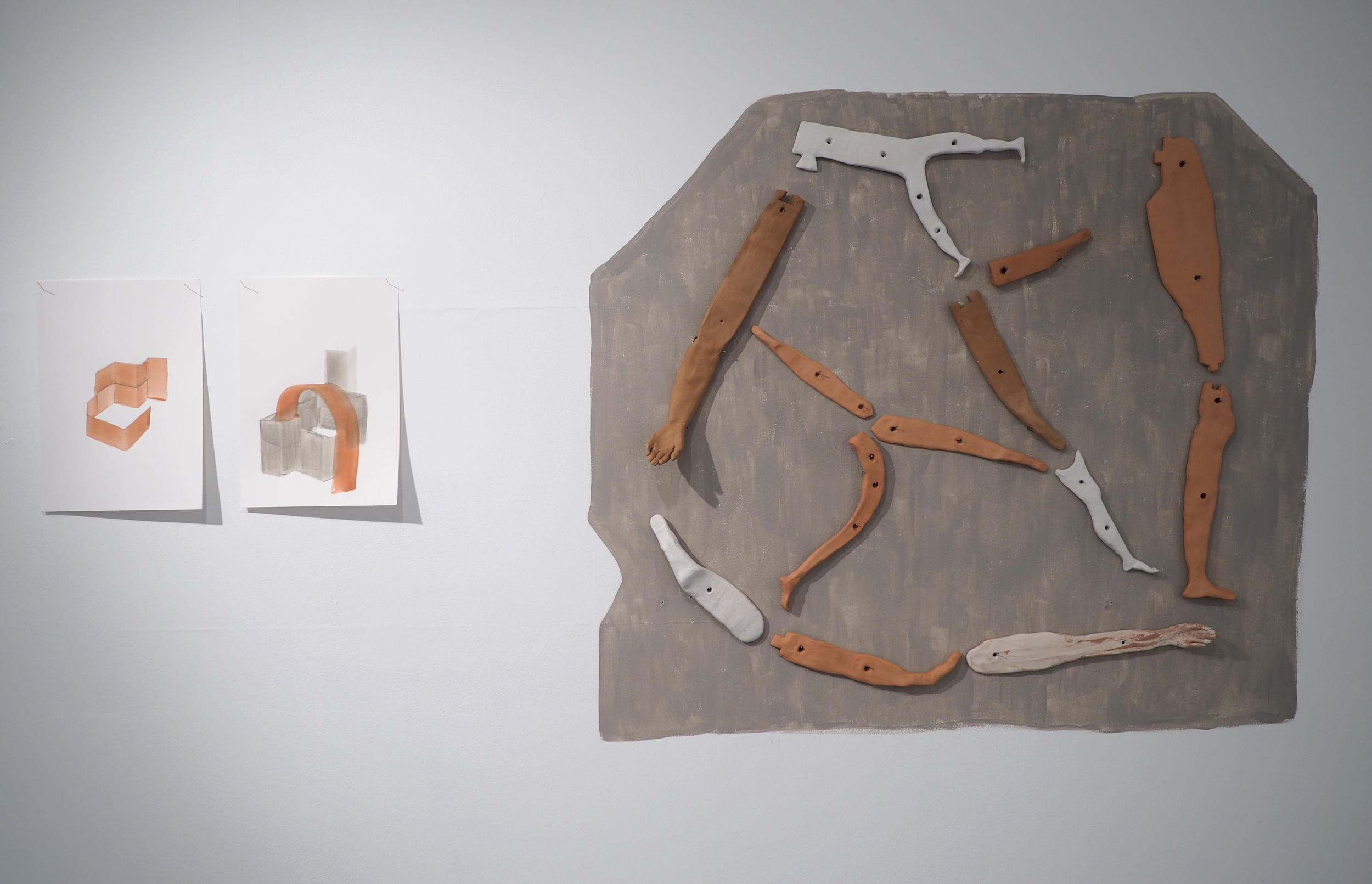
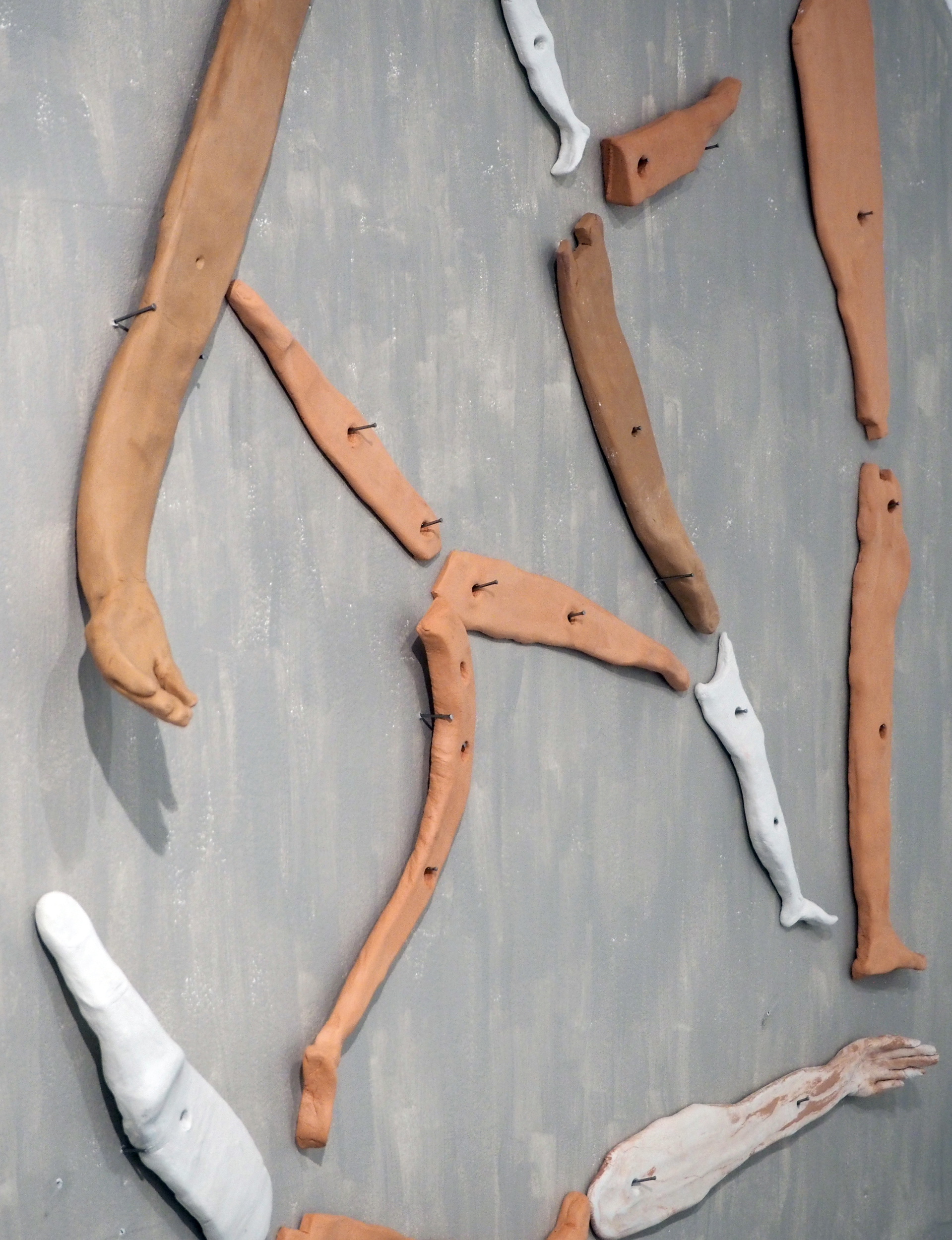
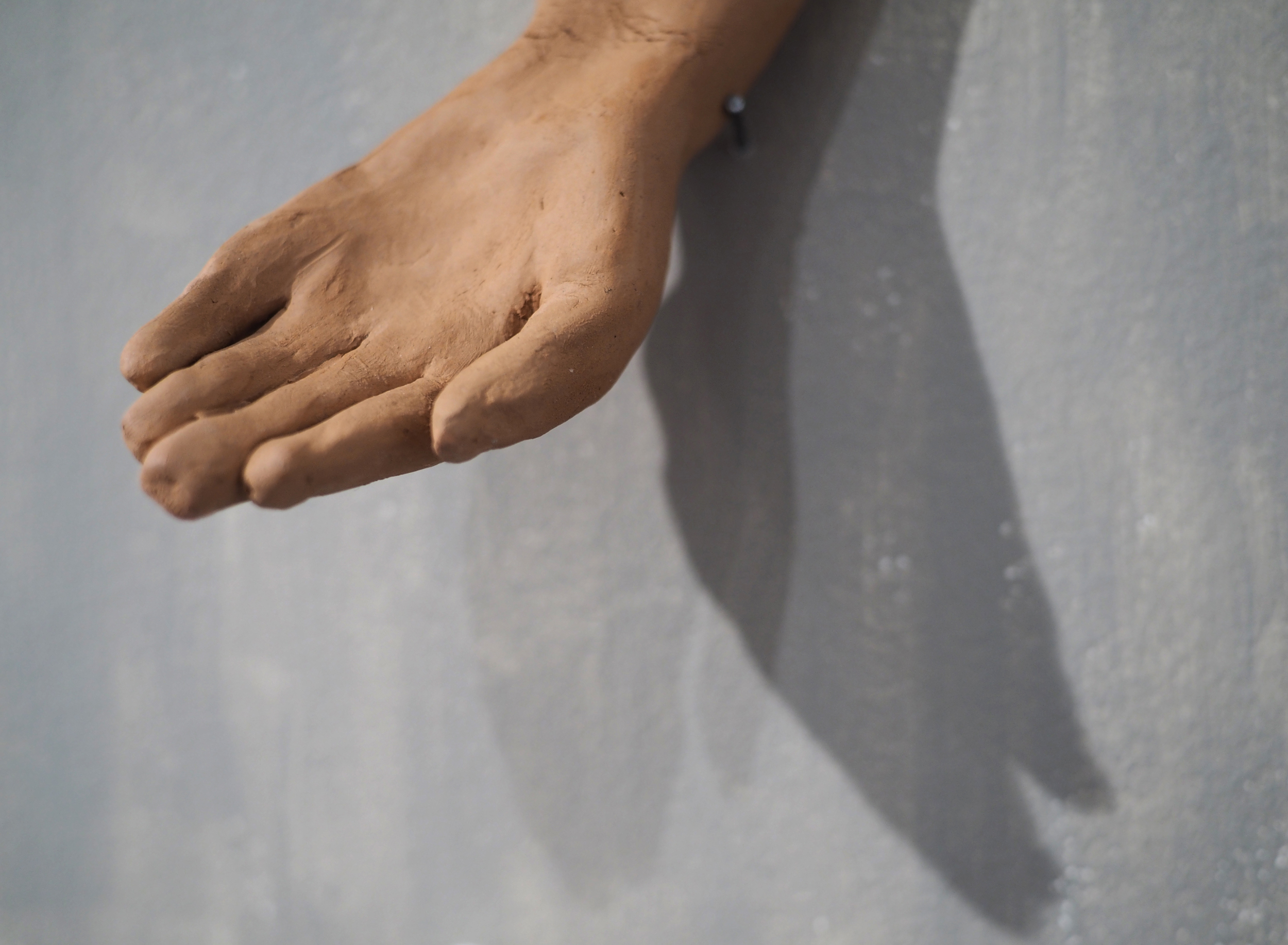
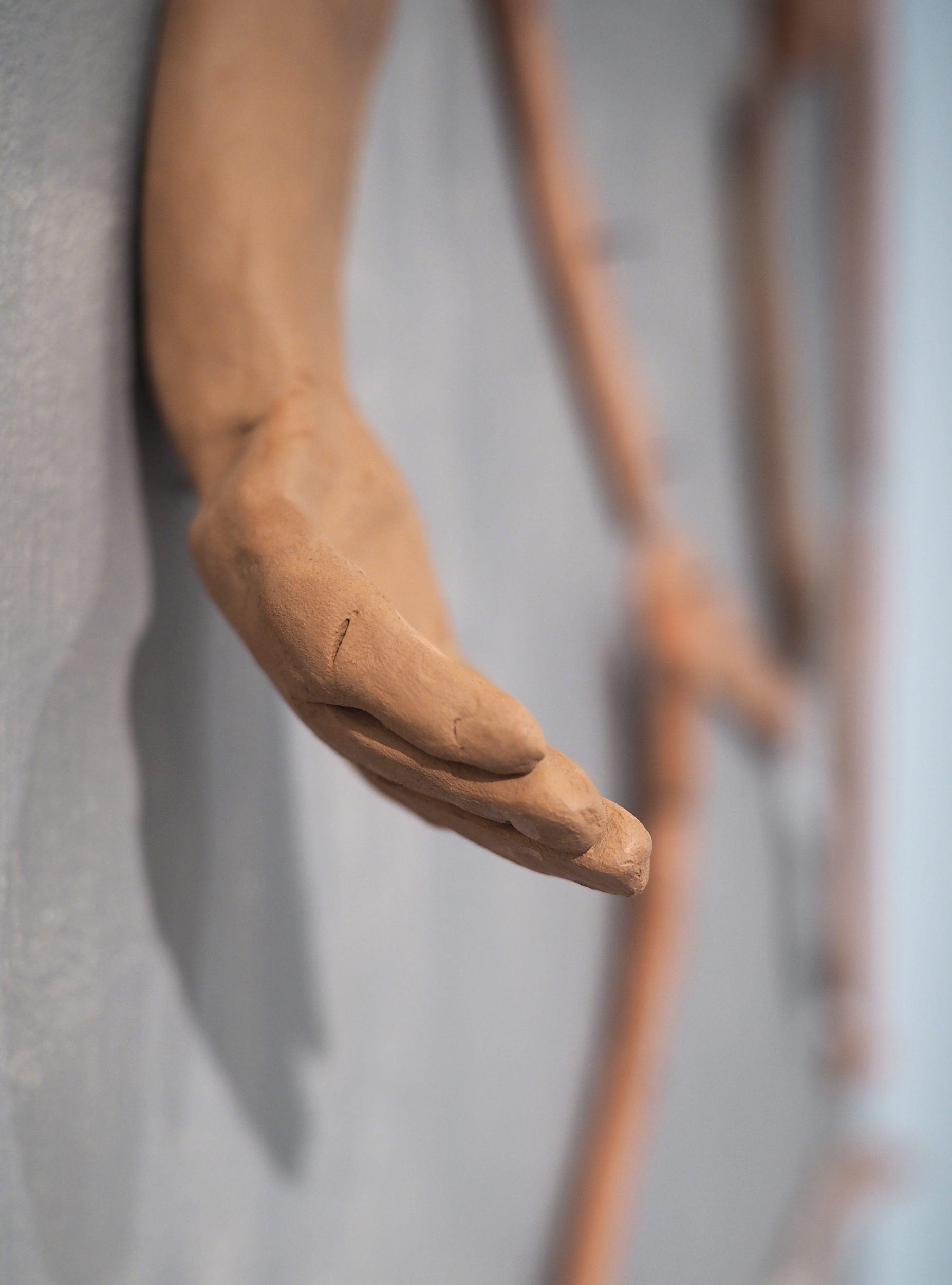
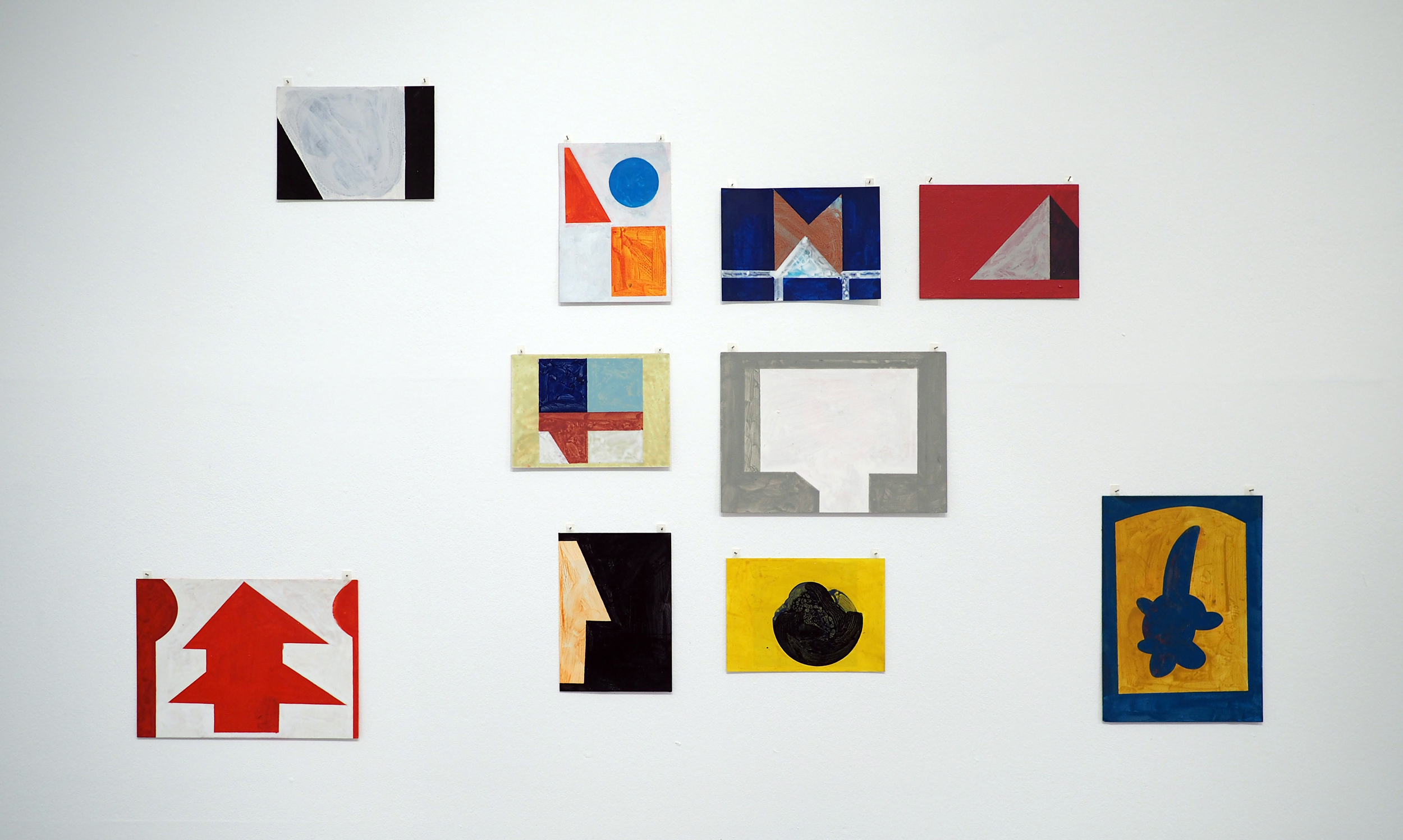

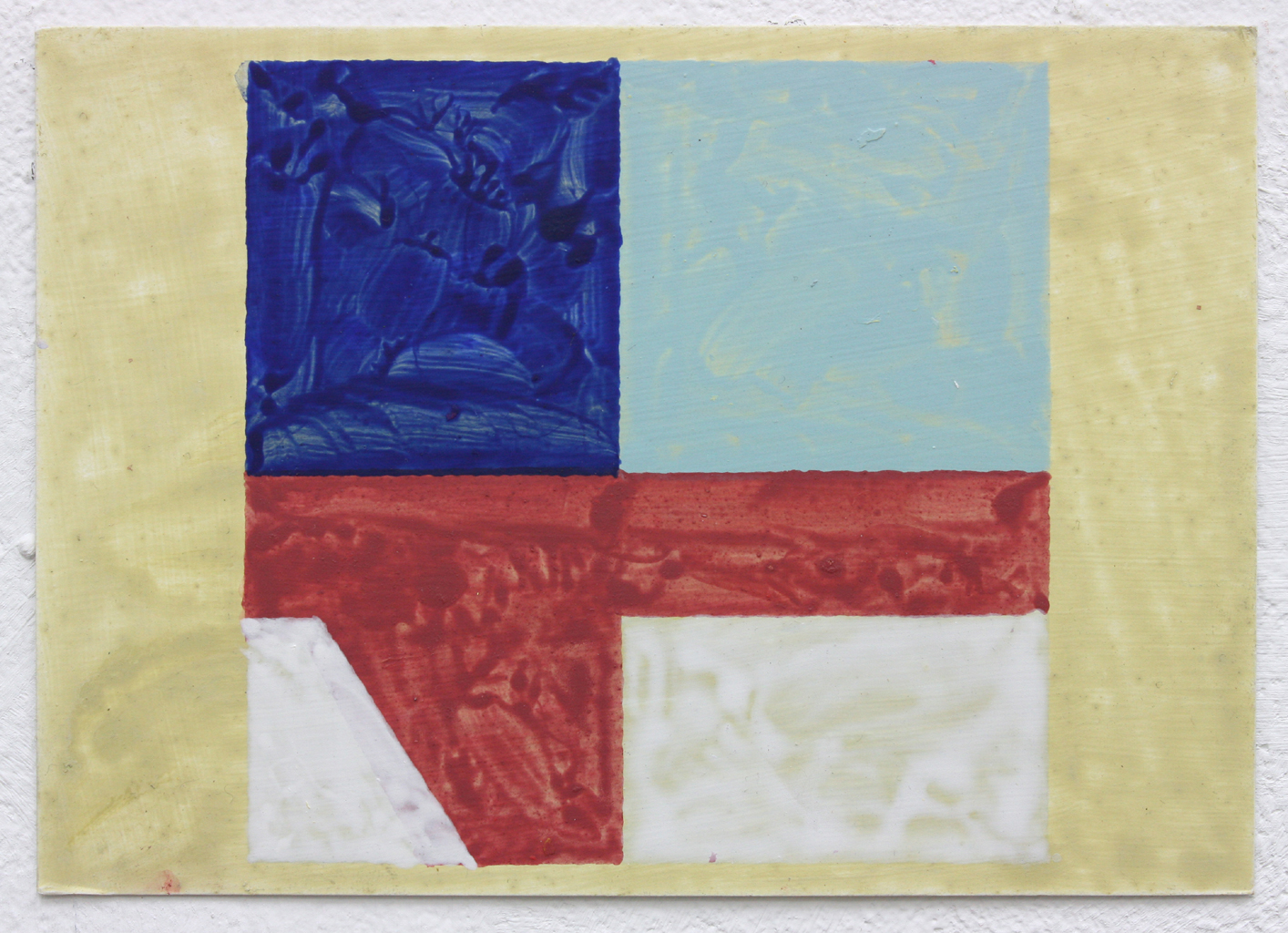
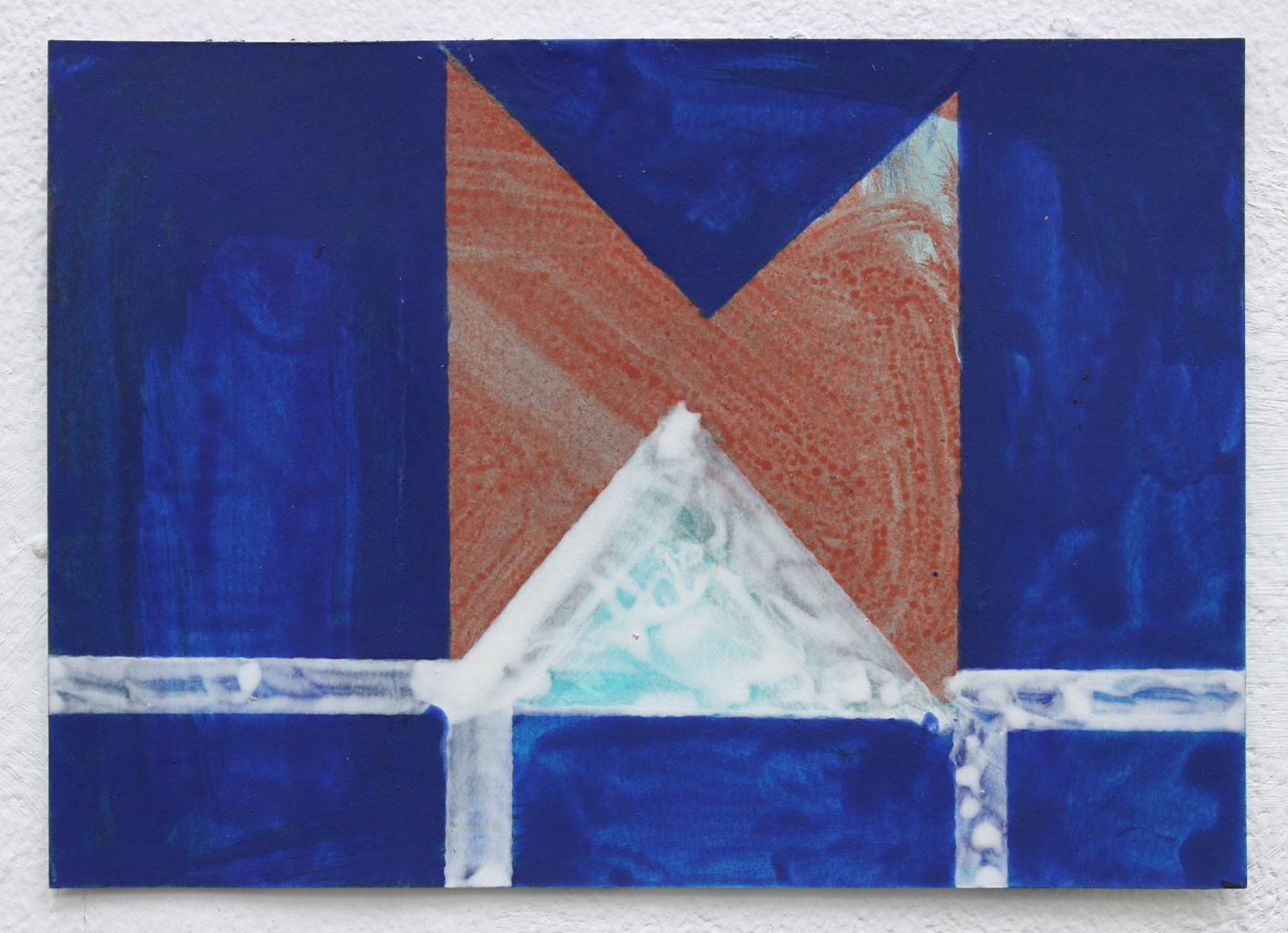
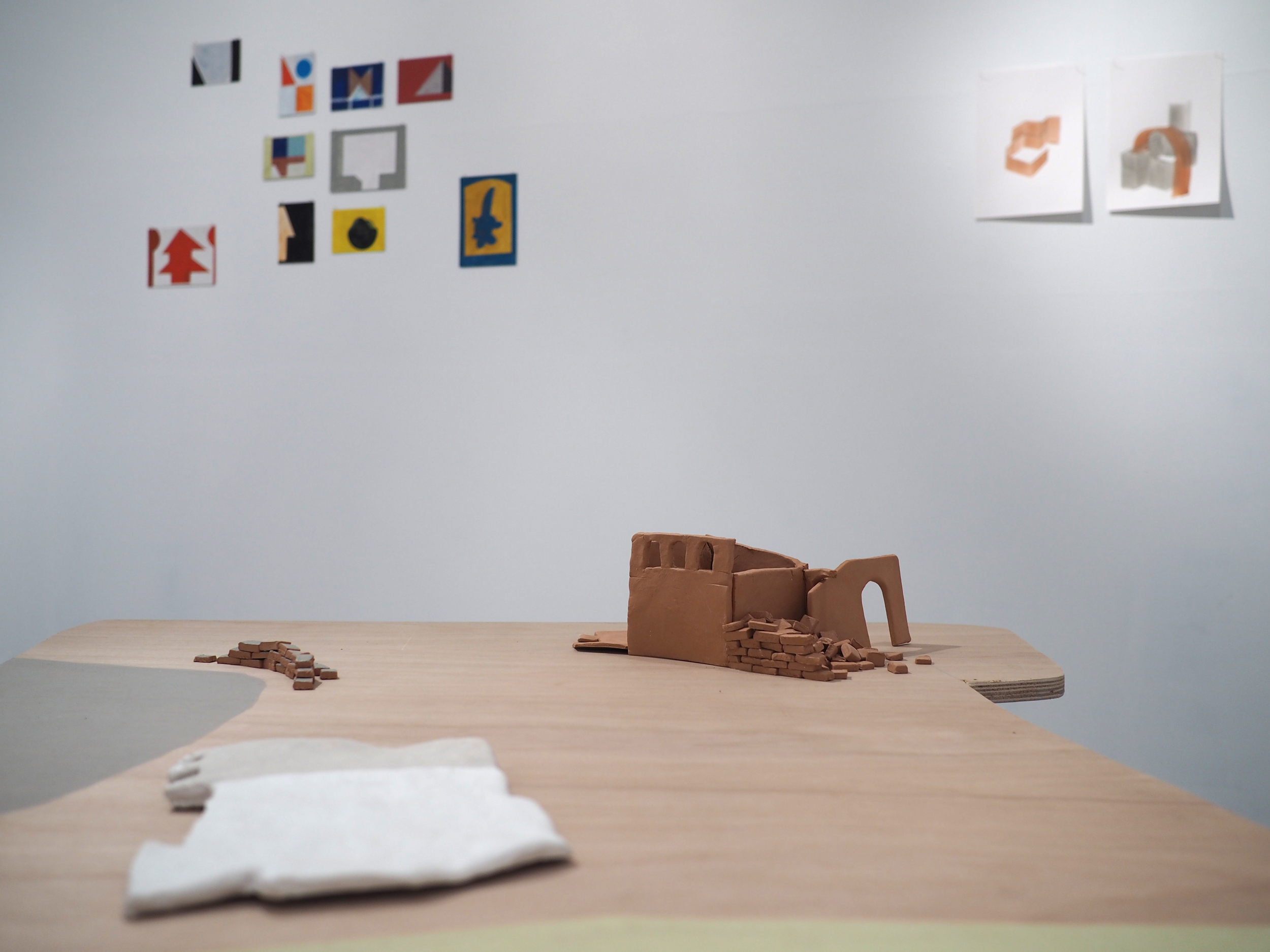
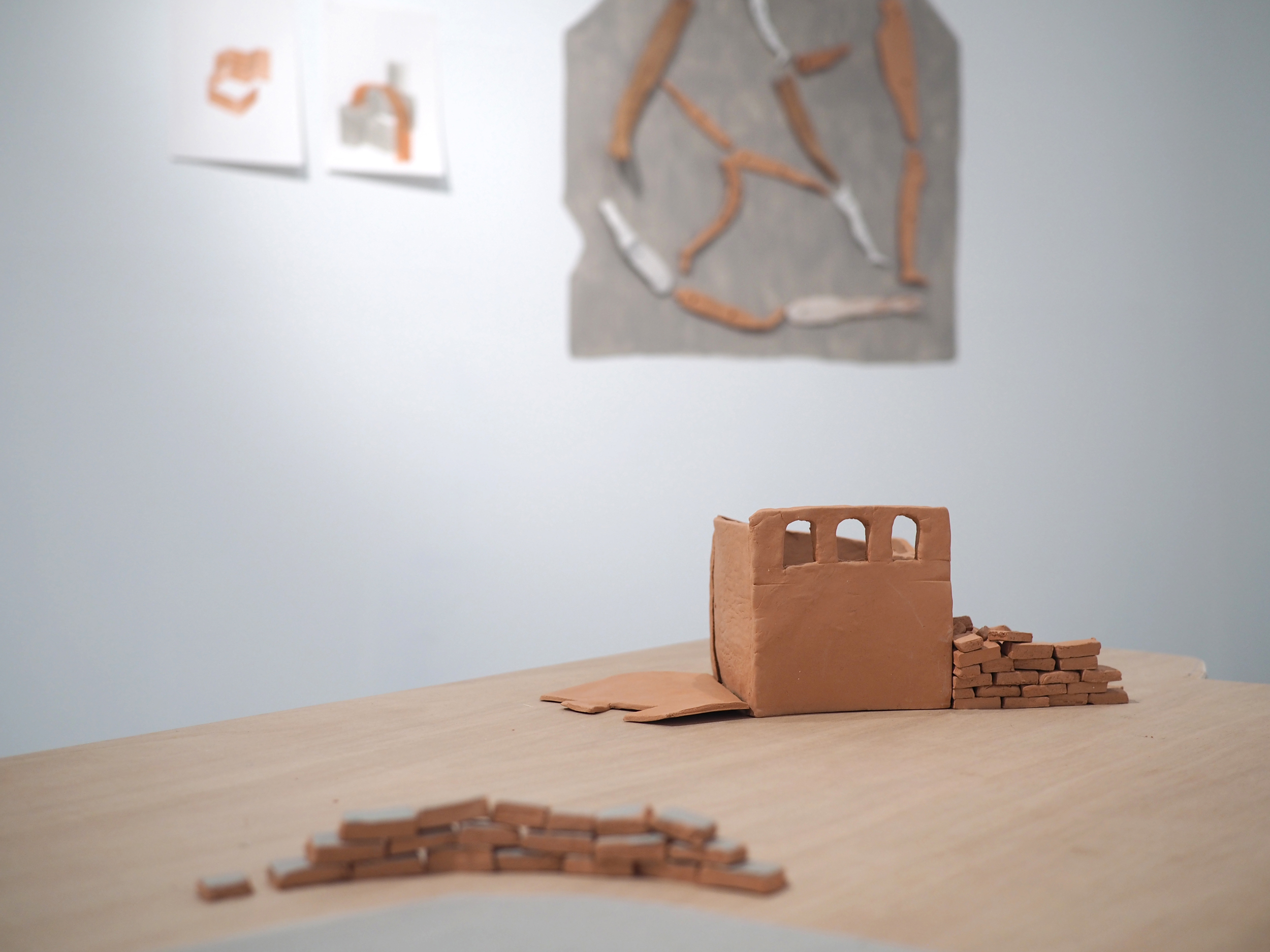
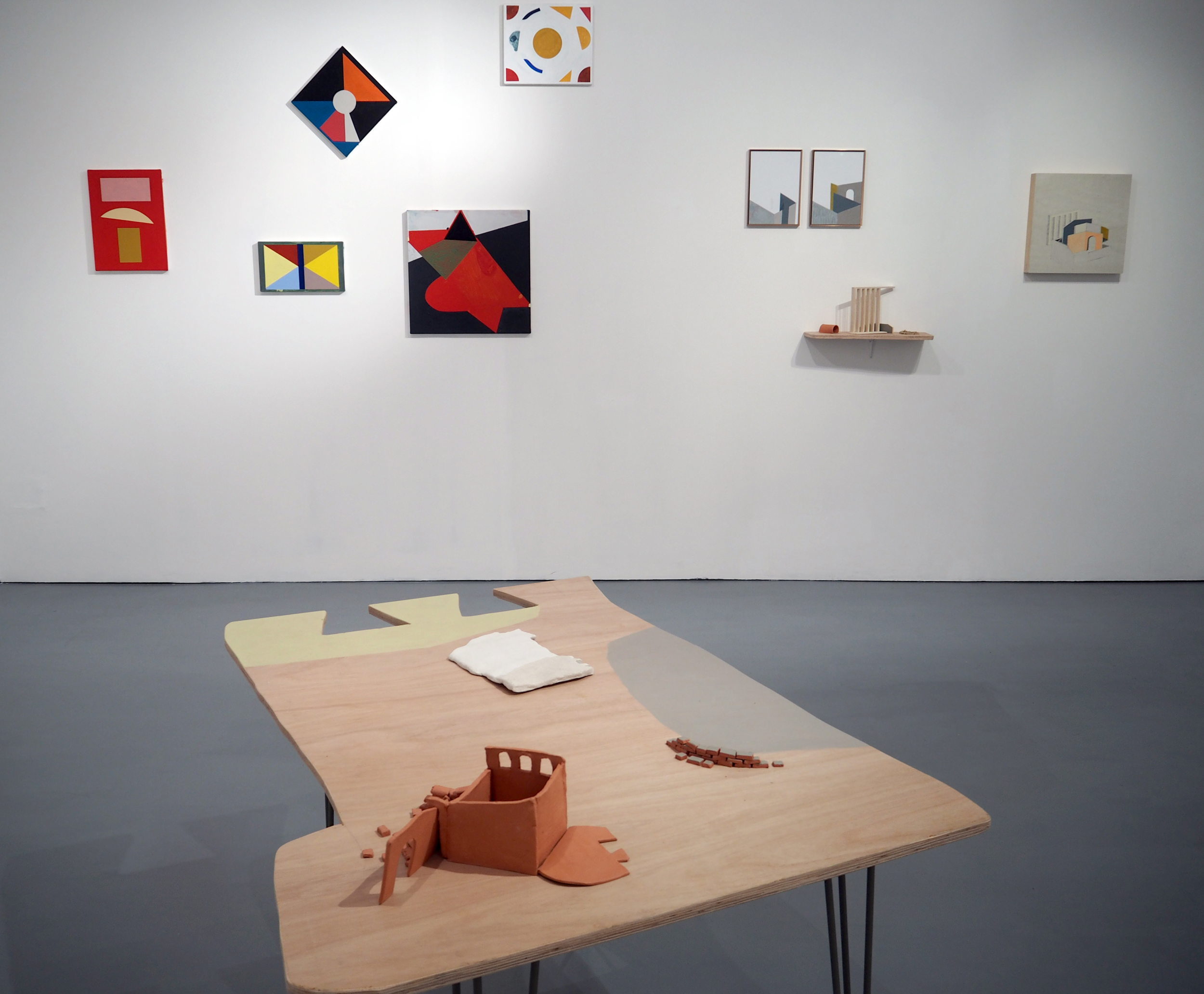
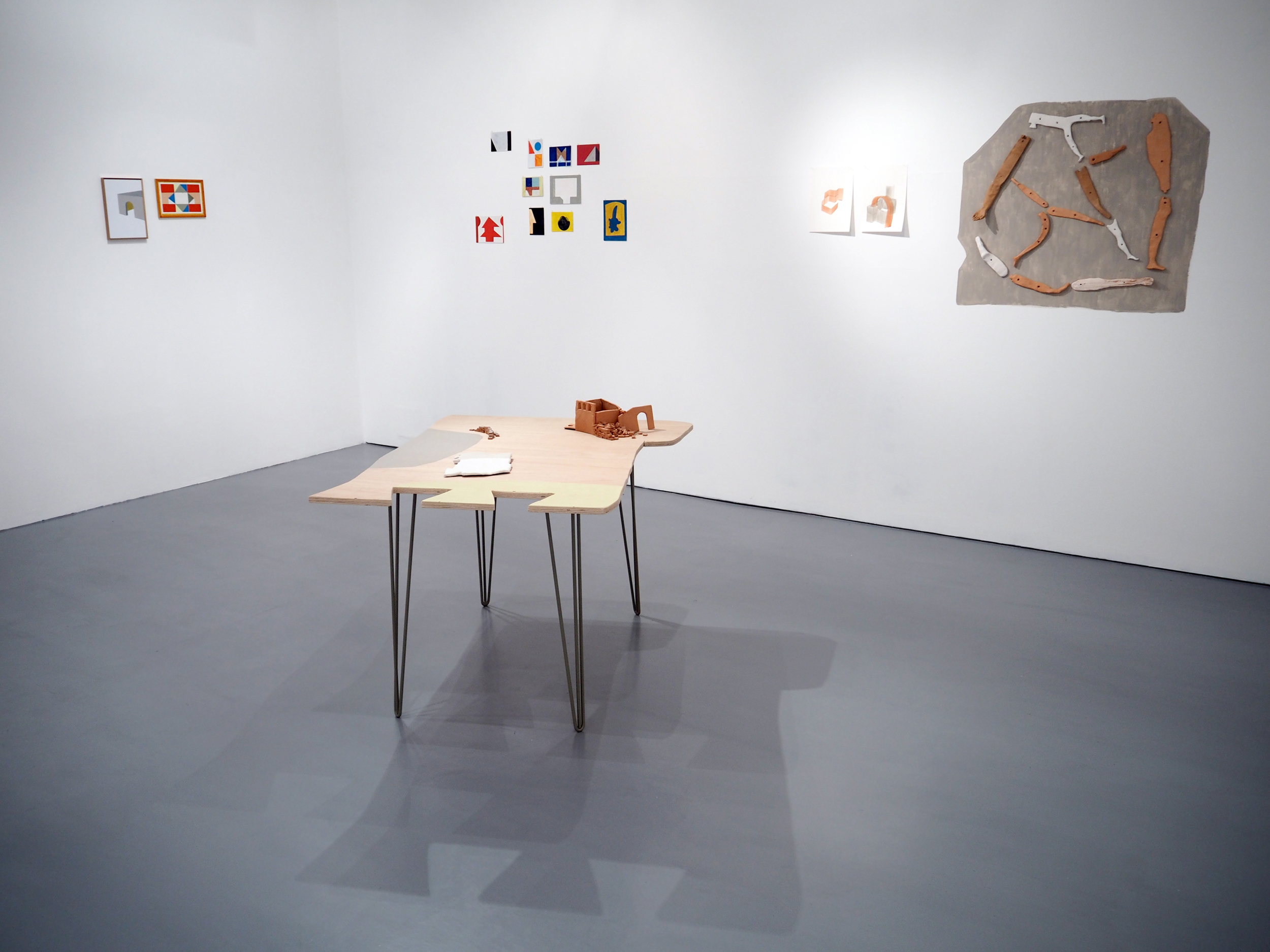
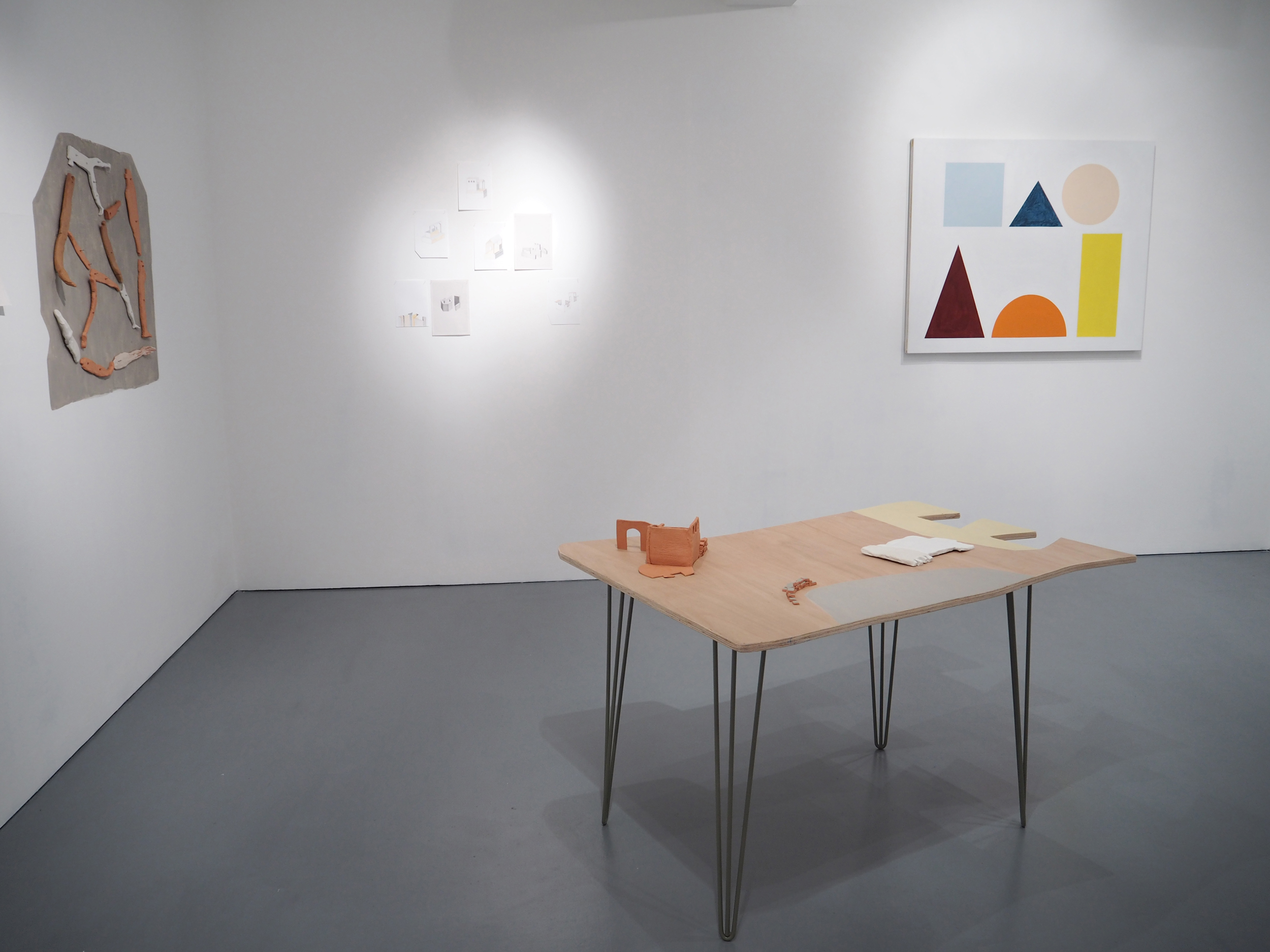

Considering the different nature of their practices Emily Speed and David Webb seem a curious pairing, but similarities start surfacing when examining their work through the lens of a shared fascination with a certain visual culture. Both artists show influences routed in Mediterranean architecture and art (specifically before the 15th Century), After the Primitives aims to explore such influences.
Within art history the term primitive applied to Italian painters of the late Middle Ages refers to artists that precede the onset of Renaissance. Frowned upon by generations of art historians as the last expression of irrationality (as opposed to perfect perspective) the primitive painters played a pivotal role in bridging Medieval styles with the resurgence of classicism characteristic of Renaissance artists and architects.
Dubbed as primitives in the late 18th Century, these painters enjoyed a revival thanks to the declining interest in Old Masters such as Raphael, seen as champions of an over-stylised art that eventually developed in full-blown mannerism. The primitive painters’ attempts at perspective, their imaginative religious scenes, lively colours and characters were perceived as genuine and un-filtered by constraints of style. Speed and Webb reflect on this freedom and make it theirs through the use of acrylic paint, clay, wood, paper, and installation.
Emily Speed’s interest lies in the relationship between people and buildings, her work explores the body and its relationship to architecture. The idea of shelter and the inhabitant is at the core of much of Emily’s work; how a person is shaped by the buildings they have occupied and how a person occupies their own psychological space.
David Webb’s new and recent work is the continuation of major themes relating to a family story of migration, along with the ongoing influence of 13-15th Century Italian painting (particularly that of Siena) and Byzantine painted churches found in Cyprus. The paintings and works on paper are an exploration of image and memory and how these are stimulated, primarily by colour. The oblique, pared-down forms are often based on observations - notes and drawings - and historical research. David’s interest is not to recount narrative or present the recognisable, but to respond inventively within a formal space which fluctuates between flat abstraction and a (perhaps familiar) landscape, interior or still-life.
About the Artists
After studying Drawing and Painting at Edinburgh College of Art, Emily Speed completed an MA in Fine Art (Drawing) at Wimbledon College of Art. In 2001 she was awarded the John Kinross travel scholarship by The Royal Scottish Academy to live and work in Florence, in 2007 she won the Artist's Book Residency at the Women's Studio Workshop (New York State), and in 2014 she was the Derek Hill Foundation Scholar (Drawing) at The British School at Rome. Since the early 2000s Speed has exhibited internationally, including her solo exhibition MAKE SHIFT at the Yorkshire Sculpture Park, and group shows at the Drawing Room (London), Center for Artists Books (New York), and PIANOFABRIEK (Brussels). She has recently premiered a new film and a sculptural installation commissioned and shown by Fort Worth Contemporary Arts (Texas, USA).
David Webb studied Fine Art in Aberystwyth, obtained an MA in Painting at Canterbury Christ Church University College and a postgraduate diploma at the Cyprus College of Art (Lemba). He was also awarded residencies at The MacDowell Colony (Peterborough, New Hampshire), Yaddo, (New York), and a fellowship at Vermont Studio Center. Now based in London, Webb has exhibited extensively in Britain and abroad, notably: solo shows at Transition, APT Gallery, and dalla Rosa (London), and group exhibitions at the Siena Art Institute (Italy), Flowers East (London), The Painting Center (New York).
